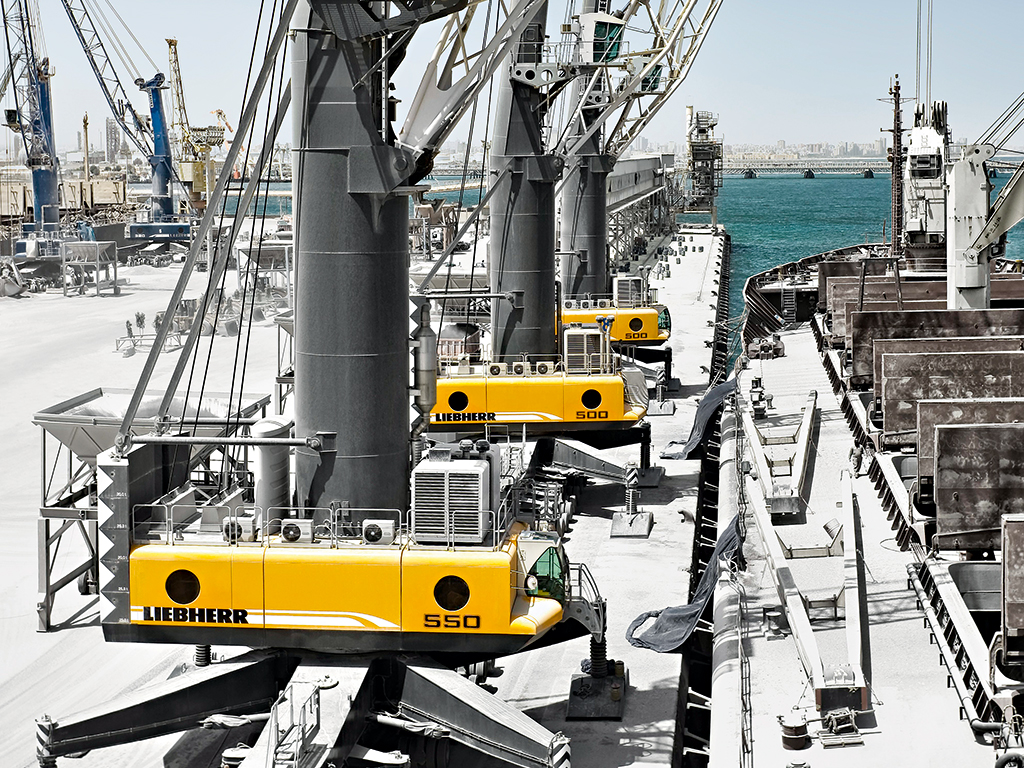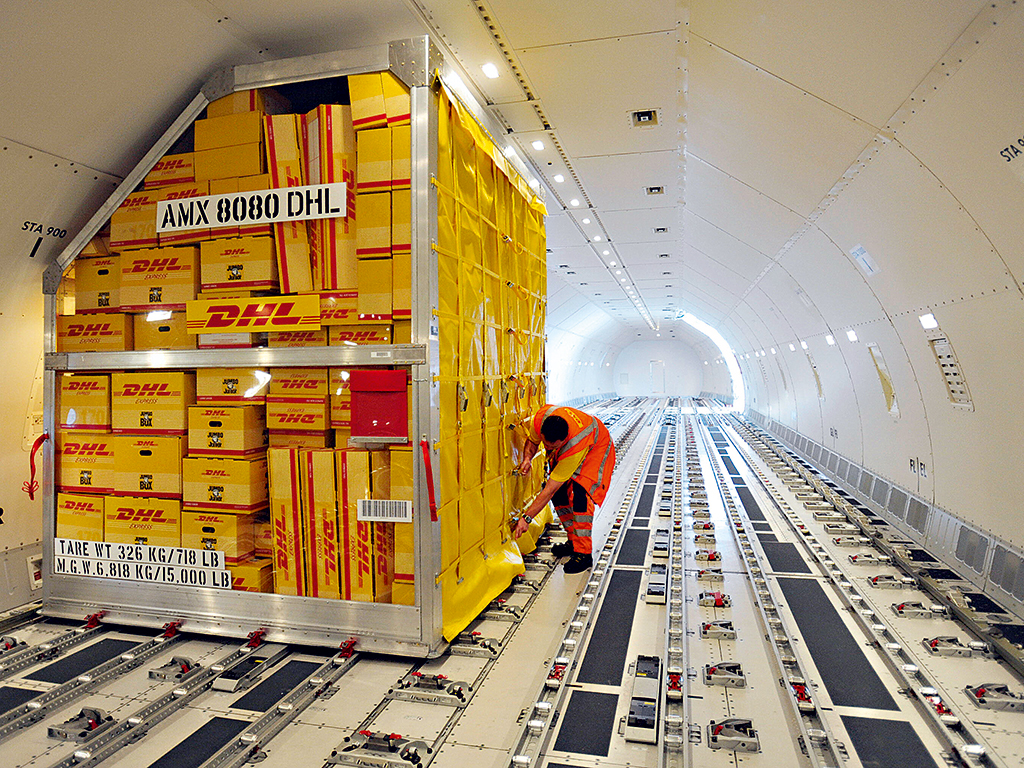Advancing globalisation spurs innovation in seaborne trade
Global trade is increasing as environmental restrictions tighten. Hans-Jörg Schwärzler of Liebherr Maritime Cranes explains how these factors can spur innovation

Worldwide merchandise trade volume is hitting an all-time high at the moment and this, paired with advancing globalisation, has encouraged innovation in seaborne trade
Worldwide economies are linked more closely than ever. Although world merchandise trade volume slumped five years ago, it is hitting an all-time high at the moment. Advancing globalisation has also led to a significant intensification of seaborne trade. In 2012, the volume of million tonnes loaded in ports worldwide was 128 percent higher than in 1990. In order to keep pace with the growing cargo volume, ports face the need to continuously invest in modern port infrastructure.
Besides the omnipresent requirement to increase productivity, ports are further challenged by environmental regulations. As a result, numerous innovative tools have already been implemented to improve performance and reduce emissions.
International seaborne trade
2.605bn tons
1970
4.008bn tons
1990
9.165bn tons
2012
Advanced cargo handling
Liebherr Maritime Cranes is the market leader in the mobile harbour crane sector and has put its focus on innovation right from the start. In close collaboration with the customer, Liebherr has developed a number of game-changing innovations that combine higher productivity with increased eco-friendliness.
In 2010, Liebherr introduced its Pactronic hybrid power booster, which was awarded the State Prize Clean Technology Austria 2012. By adding an accumulator as a secondary energy source, Pactronic is regenerating the reverse power while lowering the load. The stored energy is transferred back to the system when the crane requires peak power during hoisting. In terms of turnover capacity, that means a plus of up to 30 percent and a reduction of fuel consumption in the same range, depending on operation. The hybrid drive system is virtually maintenance free, as it only needs visible inspection every 10 years. 100 percent recyclability and less noise exposure are additional ecological benefits of this advanced system.
In addition to drive system optimisations, innovative tools for advanced crane operation have the potential to boost performance in ports. Liebherr’s Cycoptronic ensures sway-free load motion by automatically initiating dynamic counterbalancing movements to equalize transverse and longitudinal sway of the load while operating at maximum speed.
Additionally, Cycoptronic extension Teach-In eases and accelerates bulk handling. This point-to-point control for semiautomatic operation pilots the crane to predetermined loading and unloading points at the highest possible speed. Moreover, the Vertical Line Finder guarantees the boom is exactly vertically above the load, thereby preventing side loading of the crane for a longer lifetime.
Simulation-based training
In the constant drive for increased productivity, ports not only focus on new equipment, they are also looking for ways of up-skilling their employees. Efficiency, safety and costs are three key factors in modern crane operator training. Recent technological developments open new possibilities in terms of training efficiency, and simulation-based solutions are recognised ever more widely as state-of-the-art training methods.
One major benefit of simulator training is the ability to simulate user-defined environmental conditions. This allows both experienced operators and trainees to gain valuable experience operating under challenging conditions in a safe virtual environment. The resulting increase in operator skills allows for safe and productive crane operation in the real world and naturally boosts productivity.
Liebherr launched its LiSIM range of maritime crane simulators in 2013. The installation of original Liebherr drive systems, software and hardware guarantees a realistic and highly immersive training experience. LiSIM is the only realistic virtual solution available in the market for learning the precise handling of Liebherr’s maritime cranes and their innovative features.
Future growth of global trade, as well as more restrictive environmental regulations, will most likely accelerate innovation processes. Today, shipping lines are ordering new vessels with ever greater capacity at frequent intervals, and the production of the first 19,000 TEU vessel has already started. A strong commitment towards research and development is required on the port equipment manufacturer side to ensure future customer needs are met.














